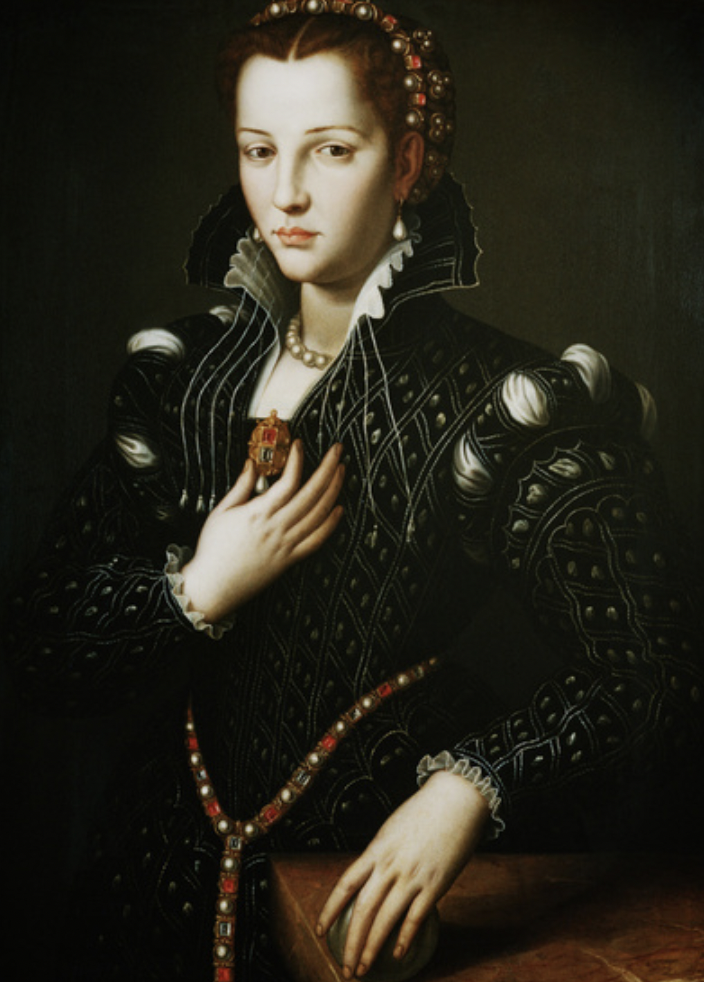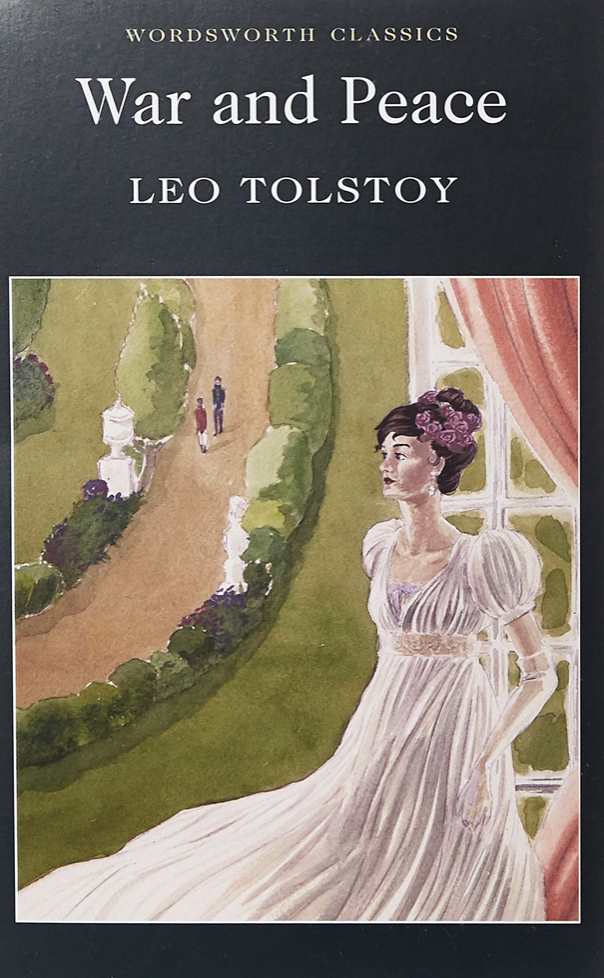By Layla Golchin, Year 12
That’s my last Duchess painted on the wall,
Looking as if she were alive. I call
That piece a wonder, now; Fra Pandolf’s hands
Worked busily a day, and there she stands.
Will’t please you sit and look at her? I said
“Fra Pandolf” by design, for never read
Strangers like you that pictured countenance,
The depth and passion of its earnest glance,
But to myself they turned (since none puts by
The curtain I have drawn for you, but I)
And seemed as they would ask me, if they durst,
How such a glance came there; so, not the first
Are you to turn and ask thus. Sir, ’twas not
Her husband’s presence only, called that spot
Of joy into the Duchess’ cheek; perhaps
Fra Pandolf chanced to say, “Her mantle laps
Over my lady’s wrist too much,” or “Paint
Must never hope to reproduce the faint
Half-flush that dies along her throat.” Such stuff
Was courtesy, she thought, and cause enough
For calling up that spot of joy. She had
A heart—how shall I say?— too soon made glad,
Too easily impressed; she liked whate’er
She looked on, and her looks went everywhere.
Sir, ’twas all one! My favour at her breast,
The dropping of the daylight in the West,
The bough of cherries some officious fool
Broke in the orchard for her, the white mule
She rode with round the terrace—all and each
Would draw from her alike the approving speech,
Or blush, at least. She thanked men—good! but thanked
Somehow—I know not how—as if she ranked
My gift of a nine-hundred-years-old name
With anybody’s gift. Who’d stoop to blame
This sort of trifling? Even had you skill
In speech—which I have not—to make your will
Quite clear to such an one, and say, “Just this
Or that in you disgusts me; here you miss,
Or there exceed the mark”—and if she let
Herself be lessoned so, nor plainly set
Her wits to yours, forsooth, and made excuse—
E’en then would be some stooping; and I choose
Never to stoop. Oh, sir, she smiled, no doubt,
Whene’er I passed her; but who passed without
Much the same smile? This grew; I gave commands;
Then all smiles stopped together. There she stands
As if alive. Will’t please you rise? We’ll meet
The company below, then. I repeat,
The Count your master’s known munificence
Is ample warrant that no just pretense
Of mine for dowry will be disallowed;
Though his fair daughter’s self, as I avowed
At starting, is my object. Nay, we’ll go
Together down, sir. Notice Neptune, though,
Taming a sea-horse, thought a rarity,
Which Claus of Innsbruck cast in bronze for me!
Robert Browning’s “My Last Duchess” is a profoundly intriguing poem that offers a window into the complex social dynamics and values of the Victorian era. Set against the backdrop of the 19th century, Browning’s work delves into themes such as patriarchal authority, the objectification of women, and the societal emphasis on appearances and reputation. This essay examines the poem’s themes in the context of the Victorian era, shedding light on how Browning’s masterpiece reflects the values and norms of the time.
“My Last Duchess” encapsulates the prevailing patriarchal norms of the Victorian era. The Duke, as the poem’s protagonist, embodies the archetype of the dominant Victorian male, exerting control over his wife even beyond her death. The poem serves as a critique of the gender dynamics of the era, highlighting how women were often subjugated and denied agency in their lives and relationships. In the Victorian era, women were frequently objectified and reduced to their social roles and appearances. The Duke’s obsession with the portrait of his late wife exemplifies this objectification. The painting becomes a symbol of ownership, symbolising how women were often regarded as property rather than as individuals with their own thoughts and desires. Browning’s portrayal of this objectification echoes the broader societal tendency to commodify women during the Victorian period.
Victorian society placed immense importance on maintaining one’s reputation and social standing. The Duke’s jealousy and desire to protect his honour by silencing his wife underscores the toxic consequences of this emphasis on appearances and reputation. Browning’s portrayal of the Duke as a character willing to resort to violence in the name of preserving his status also serves as a commentary on the fragility and frequency of moral compromises often associated with Victorian social norms. The poem also reveals the hypocrisy that often lurked beneath the surface of Victorian society. While the Duke seeks to maintain an air of dignity and refinement, his actions reveal the darker, morally questionable aspects of his character. Browning’s exploration of this hypocrisy reflects the tension between outward appearances and inner moral decay that was a hallmark of Victorian society.
The power dynamics and social commentary present in Robert Browning’s “My Last Duchess” continue to resonate with contemporary society. While the Victorian era was marked by rigid gender roles and patriarchal dominance, many of these power imbalances persist today, albeit in more subtle forms. Modern society still grapples with issues of gender inequality, objectification, and the perpetuation of harmful stereotypes. The poem’s exploration of jealousy, control, and the prioritisation of social reputation over morality reflects enduring aspects of human behaviour. In today’s world, discussions about toxic masculinity, gender-based violence, and the objectification of women remain pertinent, reminding us that the themes and critiques embedded in Browning’s work continue to serve as a lens through which we can examine and challenge contemporary power dynamics and social norms. “My Last Duchess” stands as a timeless work that prompts us to reflect on the progress we have made in dismantling oppressive systems and the work that still lies ahead in achieving a more equitable society.
“My Last Duchess” by Robert Browning is a compelling work that not only serves as a literary masterpiece but also as a mirror reflecting the values, norms, and contradictions of the Victorian era. Browning’s portrayal of patriarchal authority, objectification of women, and the obsession with reputation resonates deeply with the societal dynamics of the 19th century. The poem invites readers to contemplate the connections between the past and the present, encouraging critical examination of the enduring themes it explores and the lessons it imparts about the complexities of human nature and society during the Victorian era.



